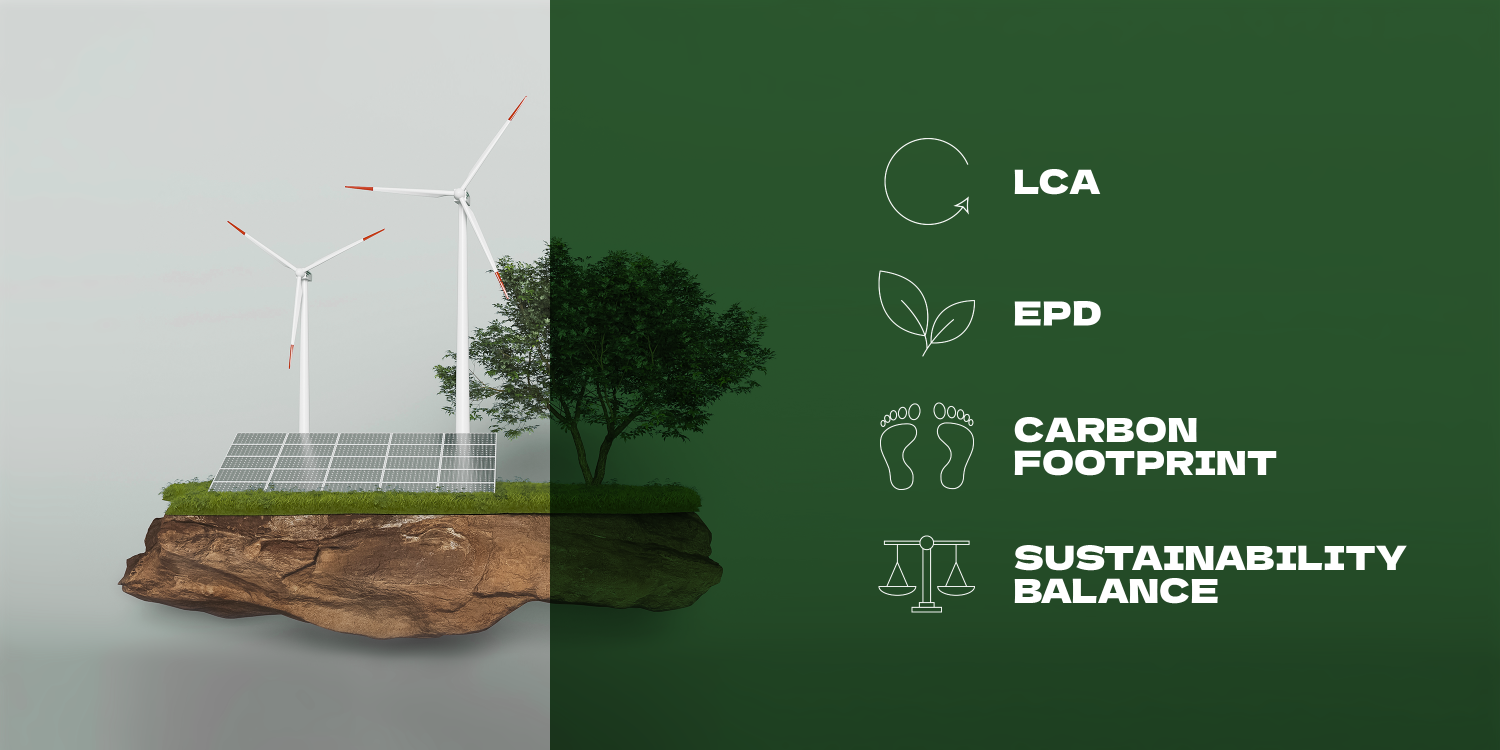Created on a voluntary basis, it must be prepared by referring to the analysis of the product lifecycle based on a study that defines the consumption of resources (materials, water, energy) and the impacts on the surrounding environment in the various phases of the product's lifecycle.
The minimum phases considered range from the extraction of raw materials, transport to the production site and production itself ("from the cradle to the gate"), or until the disposal of the product itself ("from the cradle to the grave").
The results are presented in summary form through the use of a number of environmental indicators, such as the amount of carbon dioxide emitted or GWP (Global Warming Potential) per declared unit of product (e.g. per tonne).
The EPD is always subject to verification by an independent third party before it can be published.
Only accredited certification bodies can carry out checks to validate EPDs, adopting uniform methodologies and submitting their work for checking by Accredia, the National Accreditation Body.
The act of publishing the EPD certificate allows companies The act of publishing the EPD certificate allows companies to communicate to the market through a specific portal, in a clear and transparent way, the environmental impacts of a product or service. di un prodotto o di un servizio.



